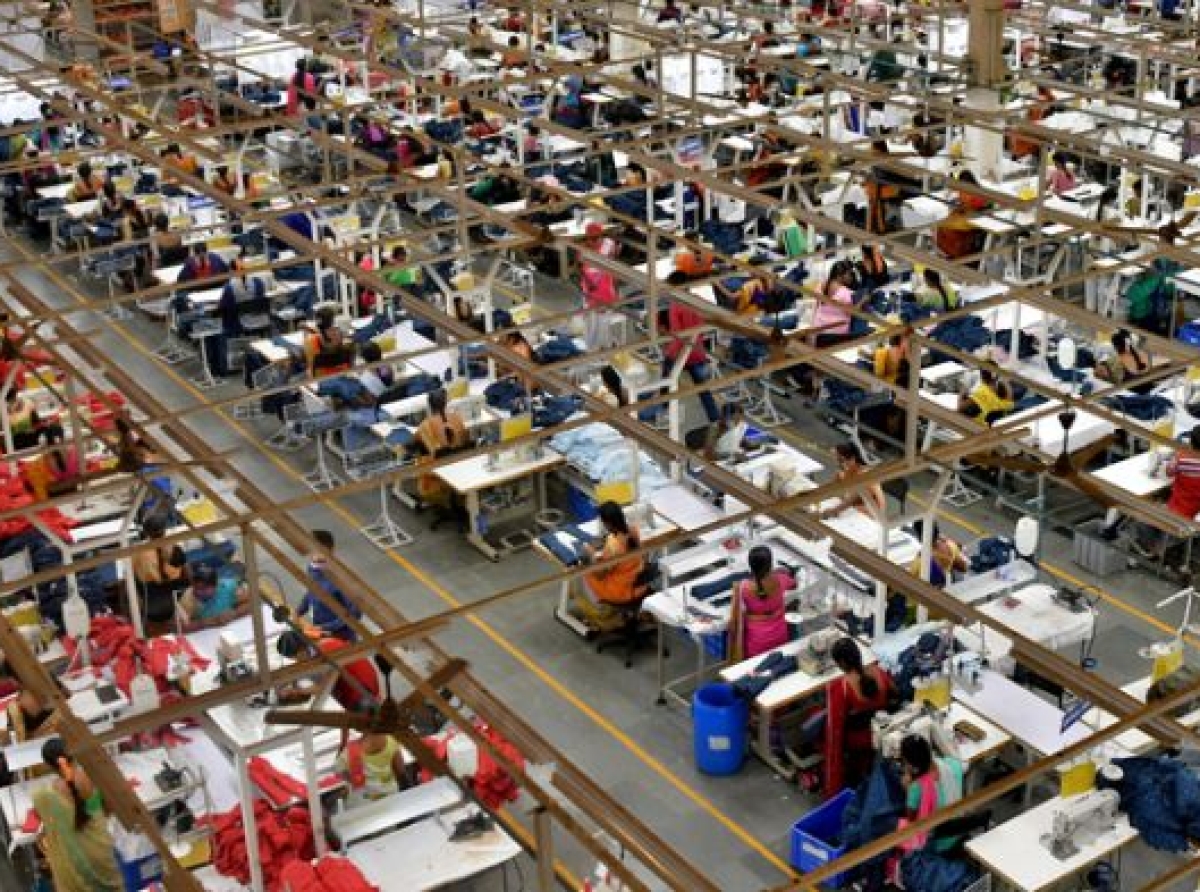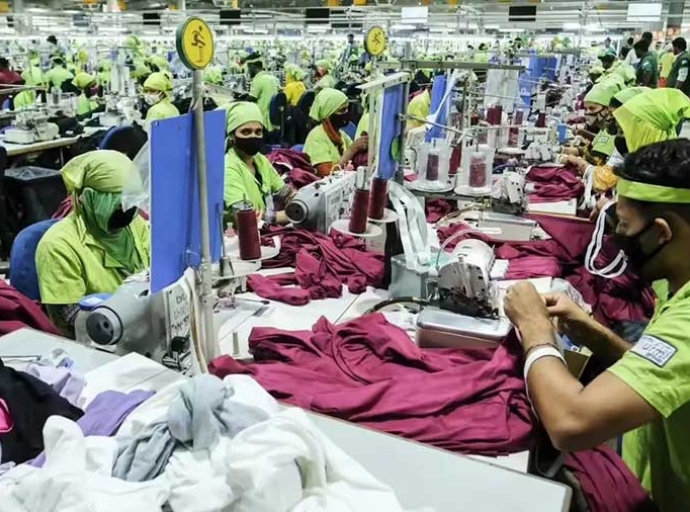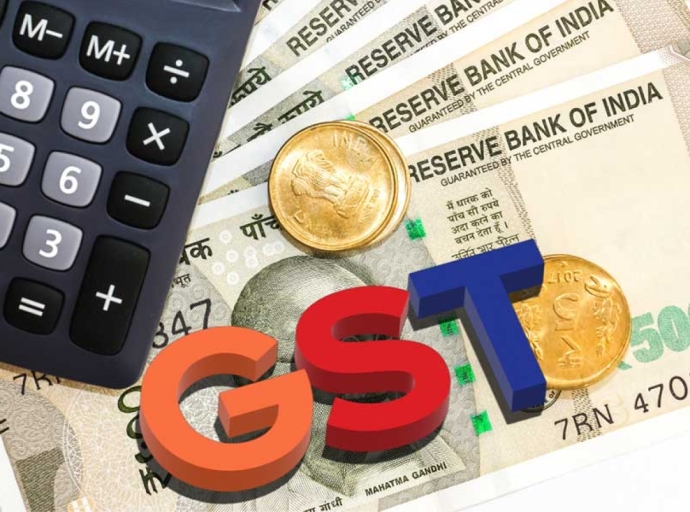24 November 2022, Mumbai:
Indian readymade garment exports are expected to surpass the $30 billion mark by 2027, says rating agency CareEdge. This will translate into a 4.6 to 4.9 percent share in world exports as against the current share of 3 percent. For this fiscal year, the Centre set a target of $44 billion in exports for the sector.
India’s average price per garment also increased to $4.08 in 2021, compared to $3.92 in 2020.
However, looking at Y-o-Y growth in 2021 and an increase in the first two months of 2022, India should recover previous levels of apparel export growth in the remaining months of this year.
Present state of affairs
India’s readymade garment exports have been stagnant and rangebound languishing within around 15-18 billion dollars in the past five years. Currently, India has a market share of around 5 percent in the EU and UK as Bangladesh, Vietnam, and Pakistan have a tariff advantage of around 10 percent vis-a-vis India in some of these markets.
Wazir Advisor’s latest report, ‘Apparel Trade Scenario in Key Global Markets and India - Nov 2022’ reveals India’s garment export was not up to the mark at all, having suffered a decrease of 24 percent compared to October 2021. However, on a YTD basis, the exports are 11 per cent higher than in 2021. However, keeping the high inflation in mind as global commodity prices are increasing, there is no volume growth over 2019.
Happy to report here that given the government sources' trade data, "In a post-Covid-19 era, India has in the FY (financial year) 2022 ended up hitting historic textiles and apparel (T&C) exports $44.4 billion numbers, which of course has Handicrafts share too.
What can go wrong
Industry preparedness; The Indian apparel sector is preparing for tough times in the international markets, where it will lose customers to competitors and see reduced unit value realization.
However, challenges from competing nations such as Bangladesh and Vietnam remain as they have gained market share in some of the major export markets due to duty-free access amid China’s decline.
Moreover, apparel exporters are also losing the confidence of the importers and the buying houses," Lalit Thukral, President, of Noida Apparel Export Cluster (NAEC) said, adding the major reason for this situation is unchecked export of cotton to competing countries like Bangladesh, Vietnam, and Thailand.
Over-reliance on China for 90% of "critical accessories," such as sewing machines, fasteners, needles, lapel pins, buttons, and fabrics takes winds out of sails. The Indian garment sector lacks internationally competitive capabilities and international quality.
Levers Of Growth
With the free trade agreements, India's share in the UAE and Australian markets are expected to increase and the trade pact with the UK would be a game changer as it will create a level playing field. Further having a presence across the entire value chain reduces transport costs and lead time, thereby providing a cost-effective solution to customers.
India needs to actively pursue free-trade agreements (FTAS) with major export destinations like the EU and the US to push apparel shipments amid increasing competition from Bangladesh and Cambodia that enjoy tariff concessions, an RBI article released earlier reported.
As per one of the recent AEPC reports," We are witnessing high growth in the apparel sector, with more and more new brands sneaking in and making a mark in the apparel sector it further mentioned that it is looking at new markets such as Latin America, Australia, and Israel to push the country's exports, which are expected to record healthy growth during the current fiscal and in 2022-23, even though rising raw material prices are impacting the industry.". The signing of the CEPA, according to Narendra Goenka, Chairman of the Apparel Export Promotion Council (AEPC), would further cement India's dominance in the UAE. The chairman emphasized that the government has taken a number of steps to enhance exports and create jobs in the country.
China plus one strategy China plus two strategies China's supply chain alternate plans All of the above led to several companies/supply chains re-aligning/recalibrating giving way to businesses having migrated their manufacturing plants from China to other credible sourcing hubs such as south Asia, Southeast Asia, Africa, and where not.
Lose Some Win Some; Post Covid-19 world and emerging geopolitical developments and brewing Anti-China sentiments/China getting internationally isolated. As per global apparel trade estimates," In the changing global sourcing landscape, China's market share in the apparel exports globally market has come down from 35.15% in 2016 to 29.91% in the first half of 2021 and expectedly it is a secular trend going forward. With anti-China sentiments on the increase in the US, and worldwide putting India in a sweet spot.
Another interesting piece of China's apparel trade data as per one of the industry studies is," Chinese apparel shipment is reflective of the state of 'Unit Prices' the same has shown a serious decline slipping to the US $ 1.76 per SME in 2021 from the earlier US $ 2.35 per SME way back in 2017; that’s sanguine 25.10% decline in unit prices and is clearly an upsetter giving width away to the competition.
Albeit as things stand China continues to boast of EU's single largest apparel exporter nation enjoying a whopping 30% of its imports (Extra EU-27) value in 2021, whilst notably its value-wise share shrank from € 21.90 billion in 2015 to € 21.67 billion in 2021 to drive the point home.
Latest Publications


































